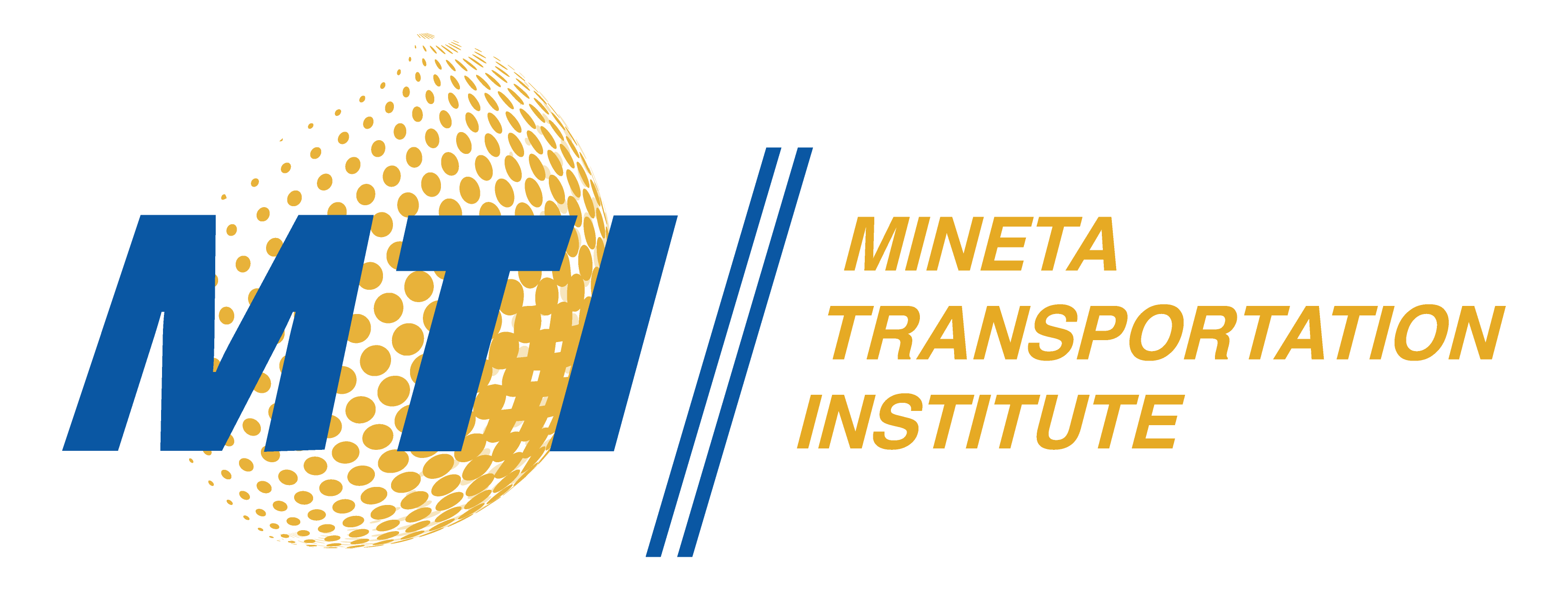Description
Public transit ridership in California declined in the five years before the pandemic of 2020–21 and dropped significantly further after the pandemic began. A sharp downward step in the level of transit boarding occurred after February 2020, and continues to the date of this report as a result of the public-health guidance on social distancing, expanded work-at-home, and a travel mode shift from public transit to private cars. A critical issue has come to the foreground of public transportation policy, namely, how to increase the quality and geographic reach of transit service to better serve the essential trips of mobility disadvantaged citizens who do not have access to private vehicle travel. The research focus of this report is an examination of the circumstances where fixed route bus route service could cost-effectively be replaced by on-demand microtransit, with equivalent overall zone-level efficiency and a higher quality of complete trip service. Research methods were reviews of documented agency experience, execution of simple simulations, and sketch-level analysis of 2019 performance reported in the National Transit Database. Available evidence is encouraging and suggestive, but not conclusive. The research found that substitutions of flexible microtransit for fixed route buses are already being piloted across the U.S., with promising performance results. The findings imply that action steps could be taken in California to expand and refine an emphasis on general purpose microtransit in corridors and zones with a relatively high fraction of potential travelers who are mobility disadvantaged, and where traditional bus routes are capturing fewer than 15 boardings per vehicle hour. To be sufficiently productive as fixed route replacements, microtransit service technologies in the same or larger zones need to be capable of achieving vehicle boardings of five per hour, a challenge worth addressing with technology applications. Delivery of microtransit service can be undertaken through contracts with a growing set of private sector firms, which are developing processes to merge general purpose customers with those now assigned to ADA-required paratransit and Medi-Cal-supported non-emergency medical transport.
Publication Date
7-2021
Publication Type
Report
Topic
Transit and Passenger Rail
Digital Object Identifier
10.31979/mti.2021.1950
MTI Project
1950
Mineta Transportation Institute URL
https://transweb.sjsu.edu/research/1950-Park-and-Ride-Transit-Access
Keywords
Public Transit, Ridership, Microtransit, Cost Effectiveness, Modal Split
Disciplines
Transportation
Recommended Citation
John S. Niles and J. M. Pogodzinski. "Steps to Supplement Park-and-Ride Public Transit Access with Ride-and-Ride Shuttles" Mineta Transportation Institute (2021). https://doi.org/10.31979/mti.2021.1950
Research Brief


